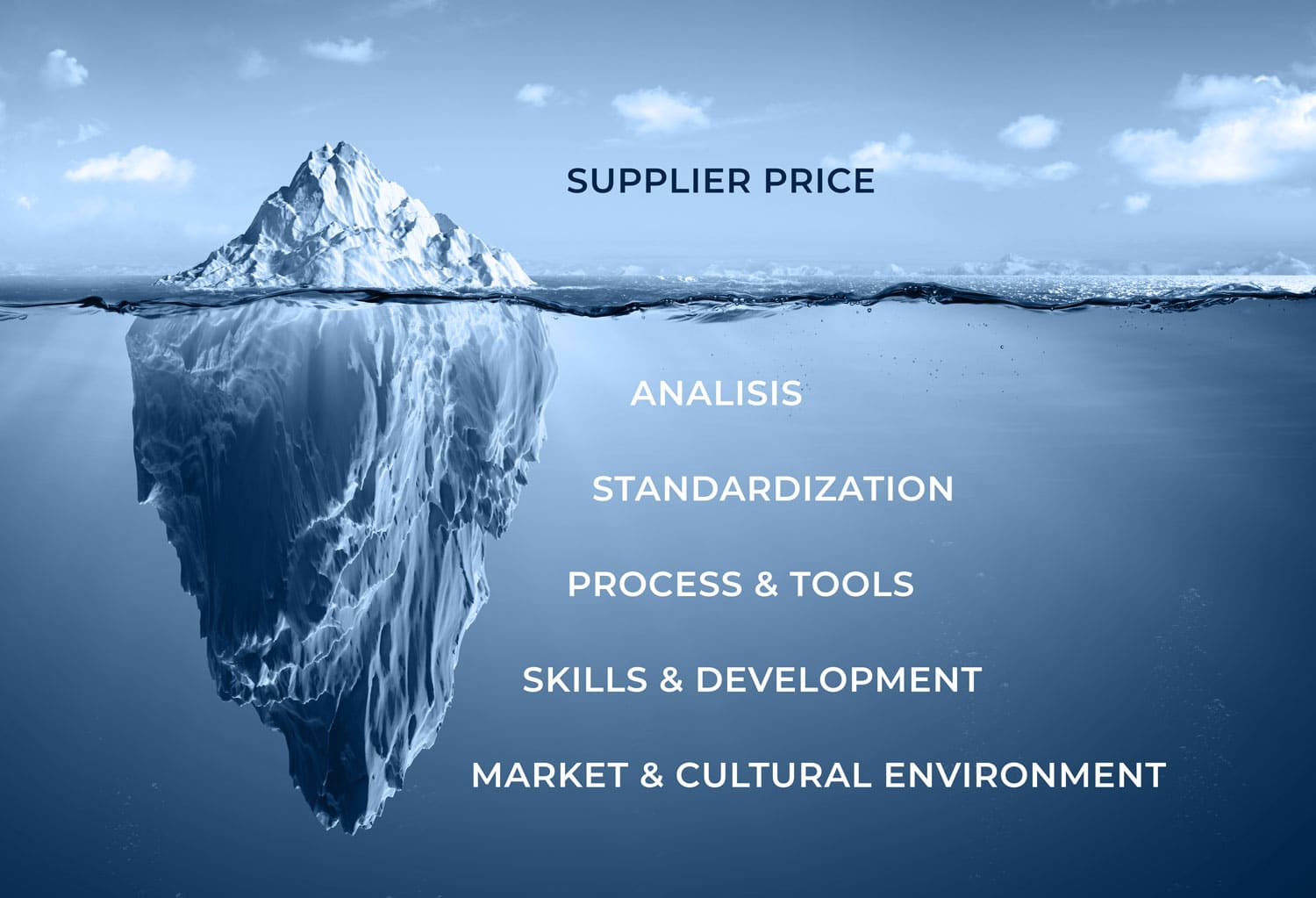Indirect Purchasing Management
For multi-sites and
Pan european organisations
Organizations and businesses companies face complex and rapid changes. They must manage the current situation but also prepare them to face constantly evolving challenges. It is then crucial to maintain a balance between the need for change and operational stability.
Not just a price…

ERH CONSULTING supports you in optimizing your indirect purchasing department and in developing strategies adapted to a changing world.
Our Expertise
You are a multi-sites organisation located throughout France/Europe.
In cooperation with your CEO, CFO or Procurement Manager, we can help you:
- optimise the efficiency of your indirect purchases.
- improve your operating margin by minimising the associated risks.

Strategic objectives
(Re)Organization
Cost and Savings
On demand
ERH CONSULTING offers to intervene with you, at your request:
ADAPTED PURCHASING STRATEGY
- Alignment with global strategy.
- Identification of opportunities and risks.
- Simplification and processus automation.
- Development of mitigation plans.
- Study on outsourcing and shared services.
(re)organization of the purchasing DPT
Based on our experience in managing indirect purchasing departments, we are able to diagnose the processes and efficiency of the teams in place.
We will then provide you with analysis reports on your resource allocation and capacity management.
We can work on a plan for change:
-
- Prepare the department for future changes through effective communication and training;
- Involve stakeholders in the change process to gain their support and commitment;
- Monitor the impact of changes on department performance and adjust strategies if necessary;
- Remain flexible and ready to adjust plans according to feedback and changes in the organizational context;
- Beyond the diagnosis and recommendations part, we can also, if you wish, take the lead in running these (re)organization projects.
AUTOMATISATION ET DIGITALISATION
- Development of e-procurement solutions to manage requests, approvals, orders and payments.
- Integrating data analytics systems to identify optimization opportunities and make data-driven decisions.
- Invoice automation to reduce administrative costs.
- Implementation of e-procurement solution to centralize processes and improve traceability.
OPTIMIZATION OF RESULTS
- Data analysis and opportunity identification.
- Establishing budgetary frameworks and prioritizing “strategic” spending.
- Audits and conformity assessment by categories.
- Standardization of needs and consolidation of volumes.
- Elimination of unnecessary expenses.
- Improved buyers productivity.
- Reduction in administrative management costs.
- Use of “Procure to Pay” management system.
- Development of strategic partnerships.
TRAINING & DEVELOPMENT
- Improved engagement of purchasing department employees.
- Raising team awareness of new trends and technologies.
- Organization of training sessions on technical negotiation, tender management, total cost (TCO), key stages of the purchasing process, supplier selection criteria, etc…
- Creation of guides and communication supports.
RATIONALIZATION OF SUPPLIER PANEL
- Spend analysis to identify the most used suppliers offering the best quality/price ratio.
- Negotiation of framework contracts with selected suppliers.
- The use of framework contracts promotes the standardization of needs (products and services) and more collaborative partnerships.
- Standardization of volumes to obtain more advantageous conditions.
- Reduction in treatment and management costs.
PURCHASING POLICY & RULES
- Definition of purchasing processes.
- Documentation of order and payment circuits.
- Implementation of an ethics and compliance charter.
PERFORMANCE MANAGEMENT
- Pro-active performance management.
- Regular evaluations and audits.
- Development of key indicators.
- Incentive program.
- Development of strategic partnerships.
- Technology monitoring and feedback collection.
CENTRALIZATION OF PURCHASING
- Ability to influence and negotiating power.
- Setting up an organization by categories.
- Improved traceability.
- Use of “Procure to Pay” management system.
- Study on outsourcing and shared services.
- Standardization of needs (products and services).
